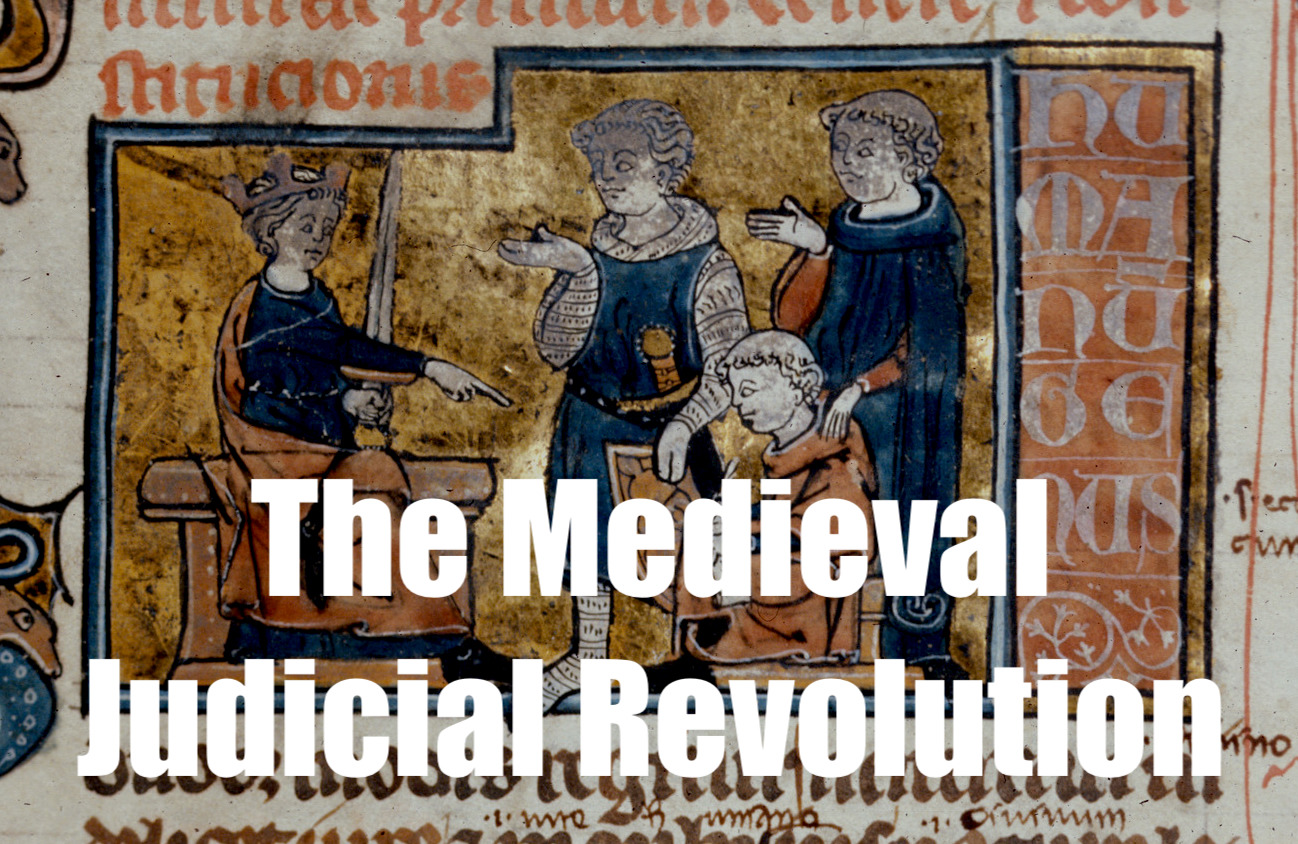
"The rupture thesis posits a stark divide between feudalism and the sovereign state in the 17th century, yet the continuity thesis suggests otherwise."
"I argue that the conceptual DNA of the state was established in the 12th century, allowing for a gradual development of statelike institutions."
"The revolutions of political thought aligned with the continuities between medieval states and their early modern successors underscore the evolution of governance."
"Judicial power transitioned from public authorities to private magnates, highlighting fragmentation in authority during the early medieval period."
The article discusses the debate between the rupture thesis, which claims a significant shift from feudalism to the sovereign state in the 17th century, and the continuity thesis, which argues that key elements of state formation existed as early as the 12th century. The author emphasizes that while states were not fully realized in the medieval era, the foundational concepts were established then. This discussion leads to an exploration of the judicial revolution, highlighting the evolution of legal authority from public to private hands during the early medieval period.
Read at Medievalists.net
Unable to calculate read time
Collection
[
|
...
]